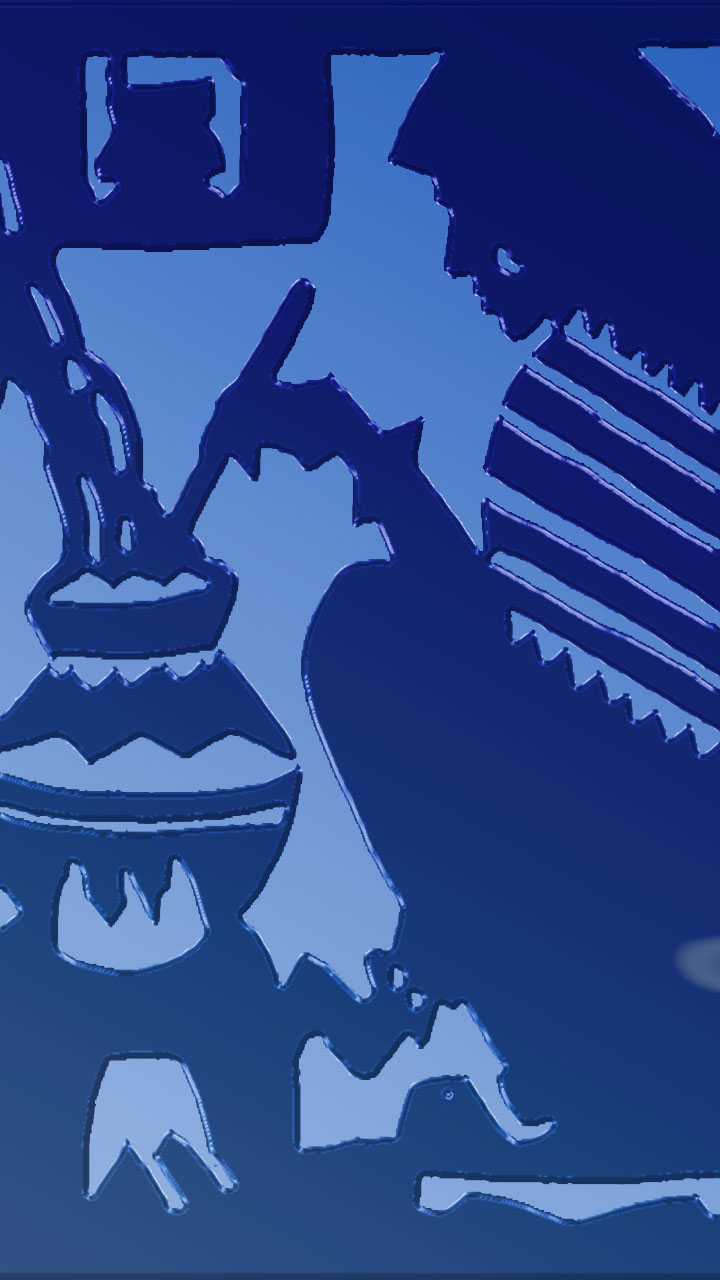Jawb or barley Sattu - Jober chhatu makha
The food products required in the various religious practices from the Vedic period that has been continuing till now has ensured their survival even after so many years since they were cultivated ritually for these reasons framed to maintain the purity of food. In recent times the degradation of our resources like soil, drinking water etc. has made us realize the importance of these seasonal puja rituals in maintaining the ecological balance, which we cannot afford to ignore them still now.
By 2022-06-08
Therefore, the above facts prove it that ancient Indians attached great importance to proper diet of the people. These recipes are mostly religious in character but provide us with some data about the food articles used by early Aryans as most of the offerings which they made to the gods consisted of the food articles, which they themselves used.
My intention is to identify the food items that are free from any religious and communal bias and refer to the food habits of the people in all parts of India, both vegetarian and non-vegetarian.
As now, cereals formed a very important part of Indian food and among cereals the most important place was occupied by barley. In the Atharva veda it is called one of the two immortal sons of heaven i.e. barley and rice. It was ground and formed into cakes which were dipped into ghee before eating. Sweet cakes (apupa) of barley flour were also prepared. Parched barley was eaten either whole with Soma juice or ground into meal, which was mixed with curds, clarified butter, Soma juice. Water is preferred to frequently in the post Rigveda literature. Two varieties of barley, one superior and the other inferior and two of those wheat called Nandimukhi and Madhulika were used. All the old preparations of barley and wheat were in use but yavagu seems to be very popular. Some new preparations such as vitanaka, polika, istaka, and locika are mentioned. As before groats were taken in the liquid form as also when they were prepared in a thick consistency. People often took groats with them when proceeding on a journey.
The general rules of etiquette were clearly mentioned in Vedic period significantly for the medical reasons. The duty of preparing food and taking meals on a clean piece of leaf after washing hands, feet and mouth is equally emphasized through puja rituals. Necessity of changing food according to the climatic temperature and temperament of human character and not eating the same preparations day after day was fully recognized by them.
Ingredients:
- Jaw or Barley sattu 200g
- Mashed ripe banana 2
- Tal patali or Tody palm jaggery 100g
- Scrapped coconut 1 tablespoon
- Skimmed milk 100mL
- Puffed rice or muri 1 tablespoon
- Salt: one pinch
Instructions:
- Mix all the ingredients and serve.
Prep Time: 10 minutes
Cook time: 5 min
Yield: 1 cup
Serving size: 2 persons 100g
Tags: Low fat
4 stars based on 20 reviews
Nutrition facts:
Calories per serving: 150
 10 Must Try Bengali Recipes on Poila Baishakh
10 Must Try Bengali Recipes on Poila Baishakh